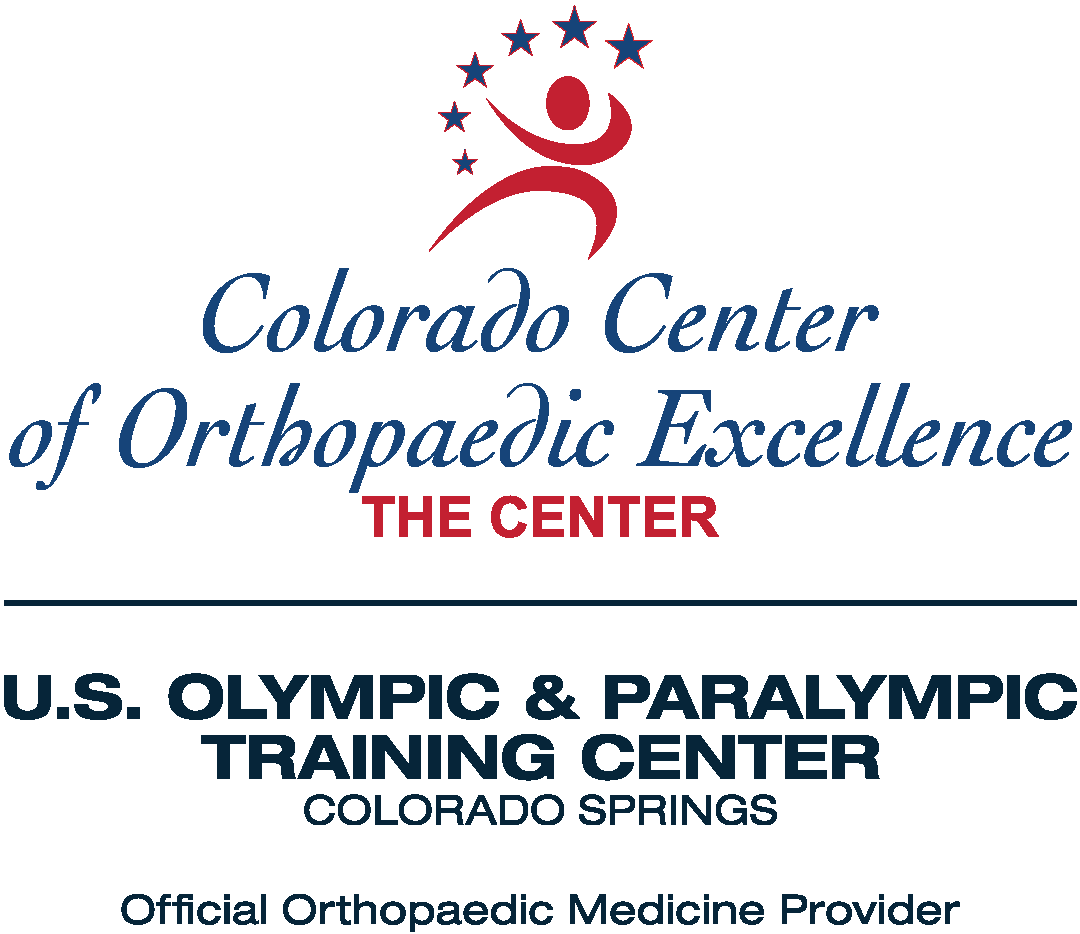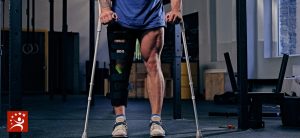Total, Partial, Anterior
Hip replacement surgery options help patients achieve long-term relief from chronic hip pain. There are many treatment options for hip pain, but when nonsurgical hip treatments fail to provide sustained pain relief, many patients turn to total, partial or anterior hip replacements for pain relief and restored joint function.
A diseased or damaged hip joint can deliver persistent pain that can disrupt daily tasks and nightly sleep. Arthritis (osteoarthritis, or rheumatoid arthritis) and trauma that causes a lack of blood flow to the femoral head, resulting in the death of bone cells, are two of the most common causes of hip joint damage.
When physical therapy and other non-surgical treatments have been exhausted, arthroplasty, or hip replacement surgery, is often recommended. This is the process of removing the damaged hip tissue and replacing it with metal, ceramic and plastic prosthetics that restore alignment – there are three common types of hip replacement.
Which hip replacement option is right for you?
The hip joint is composed of the femoral ball and the hip socket. Lost joint function may include one or both joint components, and there are hip surgery options available to restore a portion or all of the damaged hip joint. Partial hip replacements, total hip replacements, and anterior hip replacements all offer long-lasting relief, but each differs in how it is achieved.
Total hip replacement, or hip arthroplasty, removes all damaged bone and cartilage and restores joint function with prosthetic components for both the femoral ball and the hip socket. The prosthetics may be plastic, metal, or ceramic.
Partial hip arthroplasty replaces the ball of the hip joint but leaves the socket intact. Partial hip replacements are effective options when the joint damage is limited and not widespread.
Anterior arthroplasty, also known as the anterior approach, accesses the hip through the front, which allows for the separation of, rather than cutting, muscles. Given the reduced muscular trauma, recovery is generally faster. However, anterior arthroplasty is not for everyone. Patients with very muscular builds and obese body types are not as well suited for an anterior hip replacement.
What can you expect from hip replacement surgery?
Depending on the severity of the joint damage, hip replacement surgery can be either an outpatient procedure or may be accompanied by a hospital stay that aids recovery. While the procedures themselves are completed in a few hours or less, preparing for surgery, preparing for recovery, and committing to rehabilitation are essential steps in a successful outcome.
Preparing for your hip replacement surgery includes preparing your body, preparing your home environment, and preparing for personal support during the first part of your recovery. It’s important to ask your physician questions about what to expect in order to be fully prepared.
What Does Hip Replacement Recovery Look Like?
Successful recovery from hip surgery includes minimizing risks of complications and maximizing adherence to a carefully crafted rehabilitation schedule. Infection and blood clots are the primary procedure risks, and by introducing instructed motion/exercise as quickly as possible after surgery, the risk of blood clots can be greatly reduced. Following your physician-guided rehabilitation plan is essential to maximizing your recovery.
Physical therapy exercises typically begin in the days following surgery, but movements will be limited for the first several weeks. It’s important to plan for personal assistance that can support your daily needs. Mobility increases with each passing week and full recoveries are typically achieved in six months.
Hip surgeries are one of the most common and most successful orthopedic surgeries. With proper preparation and disciplined rehabilitation, each hip surgery option can offer long-term relief from hip pain. Colorado Center for Orthopedic Excellence physicians Dr. Schuck and Dr. Ellis treat a wide variety of hip conditions. Schedule an appointment at one of our two convenient locations.








